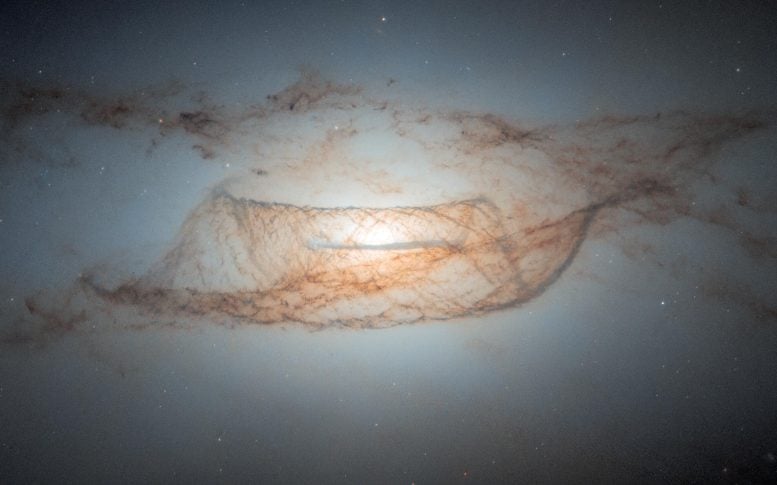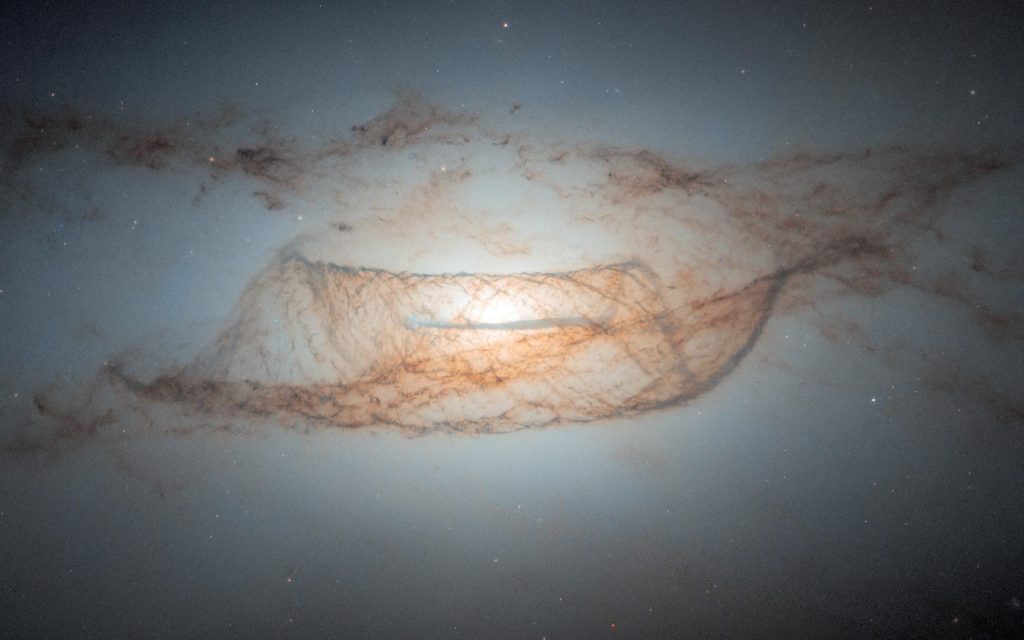
Credit: ESA/Hubble & NASA, L. Kelsey
NGC 4753, which the Hubble Telescope took a picture of, shows detailed dust patterns and a halo of dark matter. This galaxy is important for studying how galaxies form and for measuring distances in space.
The latest picture from the NASA/ESA Hubble Space Telescope features NGC 4753, a lenticular galaxy seen from an almost side-on perspective. These galaxies have an oval shape and faint spiral arms.
The Best Image from Hubble
This picture is the clearest one of the object yet, demonstrating Hubble's amazing ability to show intricate dust patterns. NGC 4753 is located about 60 million light-years away in the Virgo constellation and was first seen by astronomer William Herschel in 1784. It is part of the NGC 4753 Group in the Virgo II Cloud, which contains about 100 galaxies and galaxy clusters.
Scientists believe that this galaxy was created by a collision with a small nearby galaxy around 1.3 billion years ago. The distinctive lines of dust around NGC 4753's center are thought to have come from this collision.
The Role of Dark Matter
It is now thought that most of the galaxy's mass is in a slightly flattened, spherical halo made of dark matter. Dark matter Dark matter is a type of matter that can't currently be seen directly, and it's believed to make up about 85% of all matter in the Universe. It's called 'dark' because it doesn't seem to interact with light in any way.
This object is also important for science as a way to test different ideas about how lenticular galaxies form, since it's in a low-density environment and has a complicated structure. Additionally, this galaxy has had two Type Ia supernovae. These supernovae are very significant because they are all caused by exploding white dwarf stars with companion stars, and they always reach the same level of brightness — 5 billion times brighter than the Sun. By knowing the true brightness of these events and comparing it to how bright they look, astronomers can measure distances in space.



